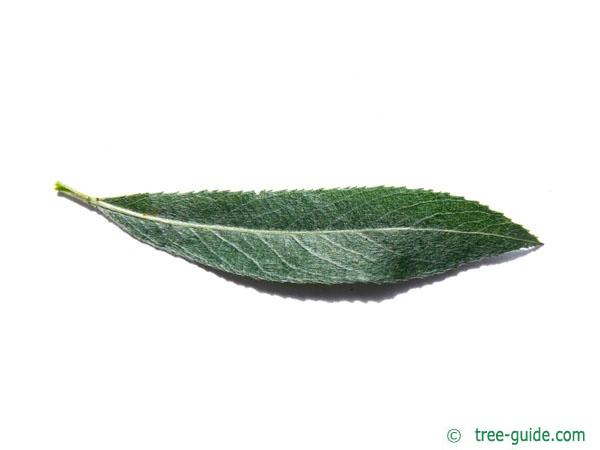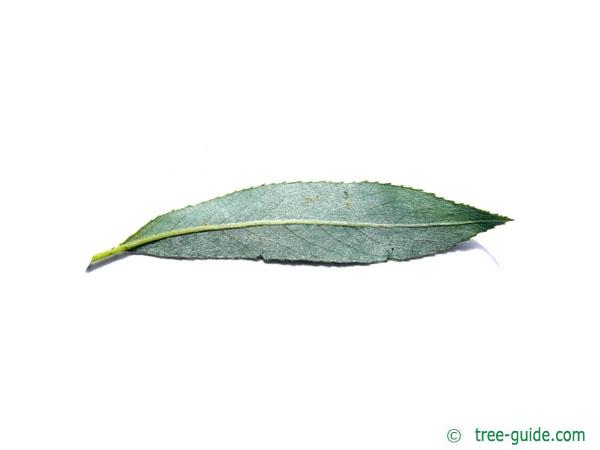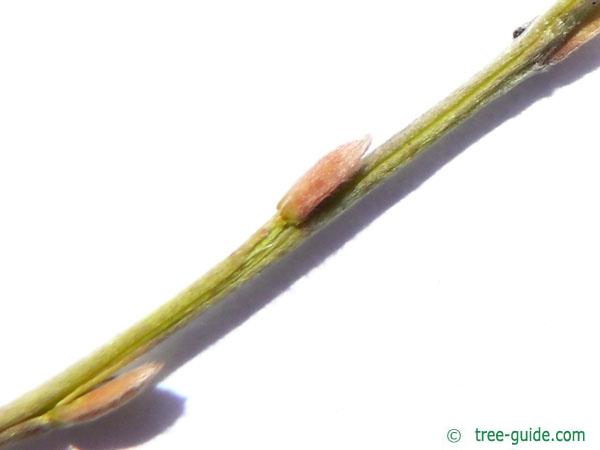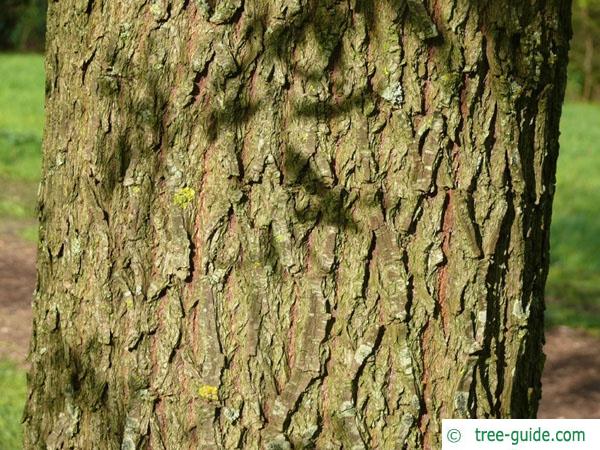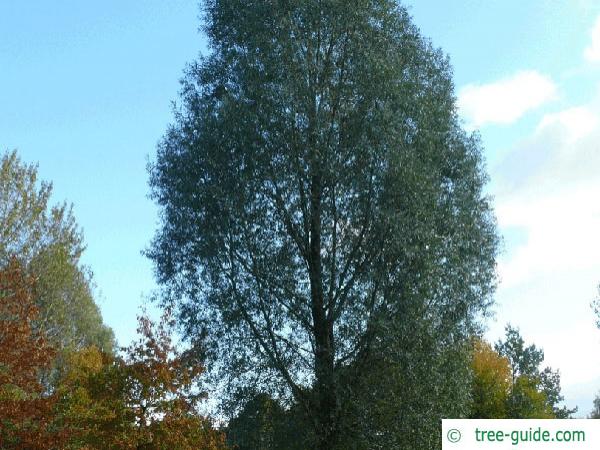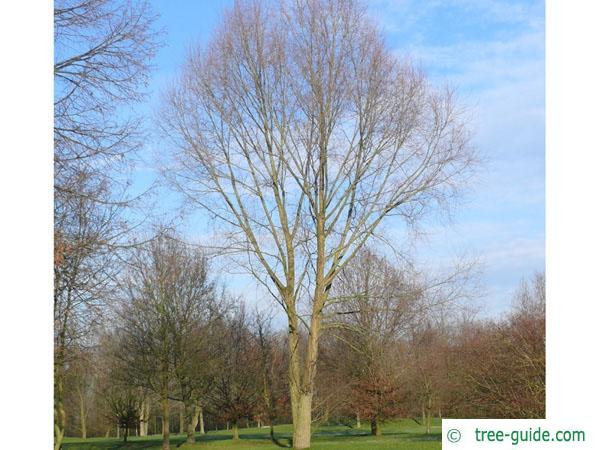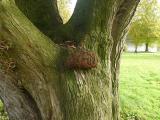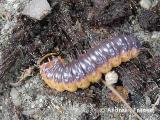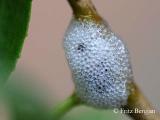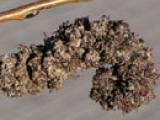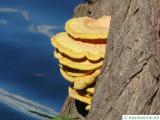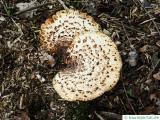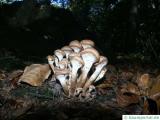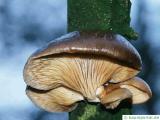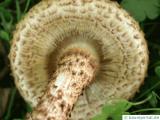Basisdaten
The White willow is native to Europe and western and central Asia. The white hairs on the leaves of the willow in the wind can appear silvery. Like all willows, the white willow is an important bee pasture.
Tree profile
The lanceolate leaves of the Silver willow are tomentose on both sides and are up to 10 cm (3.9 in) long. The leaf margin is finely serrated.
The gray-white catkins of willow are 3 - 6 cm (1.2 - 2.4 in) large.
Catkins from small seeds, gray-green in color.
The branches are thin, flexible and yellow - reddish brown. The buds are red-brown and lie on the branch.
pioneer plant, riverbank area







